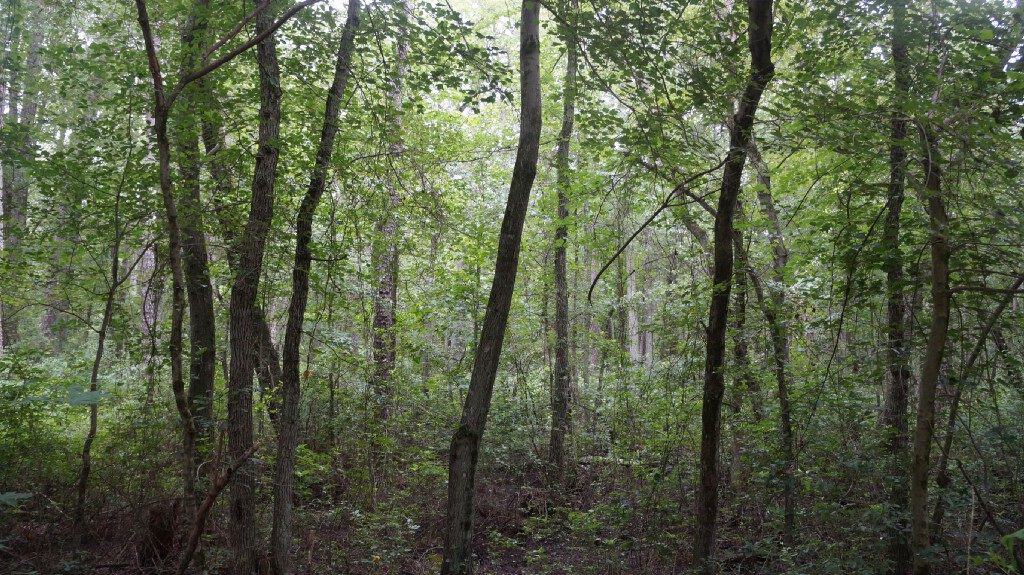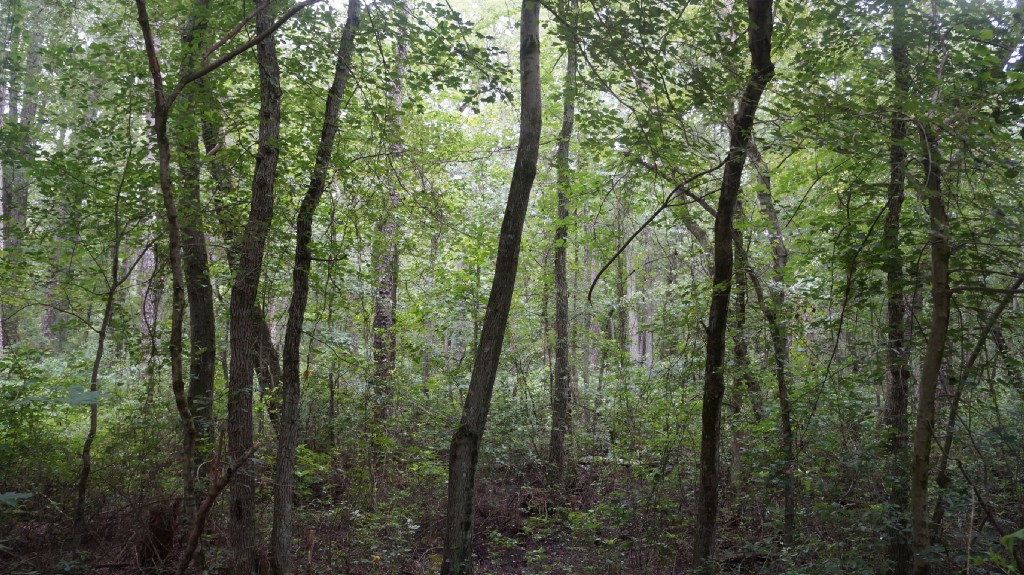
Ryan Rebozo, Director of Conservation Science at the Pinelands Preservation Alliance, explains how climate change has affected the Pine Barrens.

From rising ocean levels to scorching temperatures to the increase in extreme weather events, climate change has wreaked havoc across societies all over the world. This is well publicised. But what you may not know is how climate change is affecting the New Jersey Pine Barrens.
Ryan Rebozo, director of conservation science at the Pinelands Preservation Alliance, says there’s two main factors: The Rise of the Southern Pine Beetle and decline of the Atlantic White Cedar tree.
The Southern Pine Beetle, according to Rebozo, is a beetle that infests and kills pine trees. It’s typically found down south, and up until about 2012 couldn’t survive in the north.
“Basically it was a species that could never [survive] over winter here because our winters were always too cold,” Rebozo said. “So some might come up and make it up in the summer, but they all usually died off and had to start off from scratch coming up from the south in the following year.”
The main measurement for climate change, according to Rebozo, is average temperature. However, what’s more important for the pine trees is the coldest temperature on the coldest winter night, because this is what makes the weather cold enough to kill the Southern Pine Beetles. All it takes is one or two really cold winter nights to kill most of the Southern Pine Beetles, leaving the pine trees intact.
“Average temperature has gone up depending on wherever you are in the state from half a degree Celsius to a full degree Celsius, but our minimum winter temperature is on the order of about 4 to 4.5 degrees Celsius,” according to Rebozo. “So things like these insects can survive now, where in the past they couldn’t survive those winters.”
Has the Pine Barrens seen a decrease in the number of pine trees as a result?
“In small areas, yes,” Rebozo said. “So, generally speaking over the Pine Barrens, we’re still in good shape. But there are still patches where these outbreaks have occurred, and we can see how they can wipe out lots of trees in a given area.”
The second factor affected by climate change in the Pine Barrens is the decline of the Atlantic white cedar, which was the dominant tree of many of New Jersey’s cedar swamps.
“We’re seeing that it’s pretty sensitive to salinity,” said Rebozo, referring to the encroaching coastlines bringing more saltwater into the soil. “So in some of the coastal areas, we’re seeing that high tide is bringing saltwater closer inland. Or when we had these major storm events like [Hurricane] Sandy that brought a big storm surge that moved saltwater inland and some of that salt water got trapped in pools. That wiped out the cedars.”
“We can see impacts to our ecosystem pretty quickly,” Rebozo said.
Is the state government doing enough to help curb the effects of climate change?
“No, I don’t think so,” Rebozo said. “I think they have to get aggressive in terms of planning.”
What specifically could they change?
“I think the planning for our water usage is huge,” he said. “We’re like 20 years overdue on that with our water supply plan, which was last updated in 1996. So that’s an easy one because even in ’96, their projections were based on a certain state population by 2010, and we blew that away.”
As a result, there are many more people using water than was predicted, which means there’s nothing in place to prevent more water coming out of the watersheds than what’s coming in.
“We’re still allowing water allocations based on these outdated measurements of our water usage,” Rebozo warned.
Despite all this, there are still those who don’t recognize the urgency needed when planning for climate change. Some don’t even believe in the science to begin with.
“We have a lack of understanding about how science works,” he said. “You never prove things, you can only disprove. People see that as extreme uncertainty. Because you can’t pinpoint something because you can’t say it for a fact, but not understanding that’s the process in how science works. That’s how statistics works. I think if people had a better understanding of that end of things, then maybe there’d be a better understanding of what these models, what this climate science is actually telling us.”
To boot, he blames the lack of a sense of emergency on climate change’s relatively slow, or at least non-immediate, impact.
“You can see a hurricane and the effect it has because overnight it can cause a lot of destruction. We’re very good at picking up on that, but graduate changes — a slowly receding salt marsh because it’s going underwater of 10, 20, 30 years — we have less of that sense of urgency,” he said. “So I think it’s a matter of recognizing that things happen on a scale that we’re not used to thinking of. We don’t tend to think in the scale of 10, 20, 30 years. We like to think of next day, week in and week out. [We have to] have a better understanding of how science is done and the statistics behind it.”









